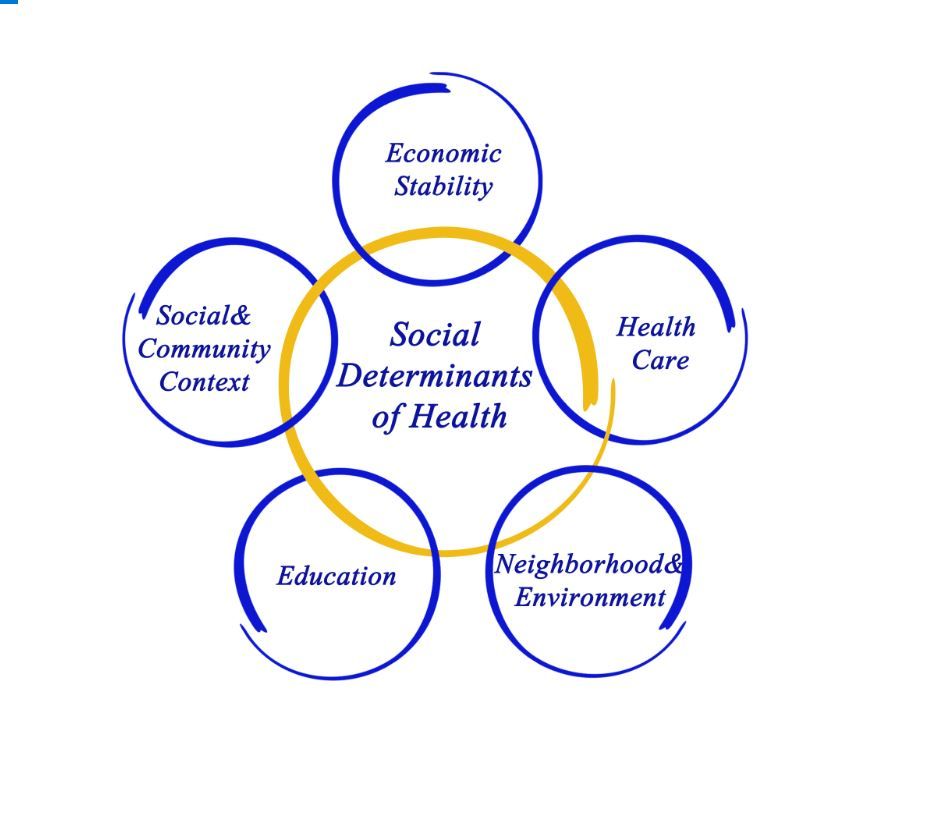A new study by researchers at Weill Cornell Medicine describes a correlation between the burden of adverse social determinants of health (SDH) and fatal cardiovascular disease (CVD) and non-fatal myocardial (MI) infarction.
Safford and colleagues found that among adults without coronary heart disease (CHD) at baseline, a graded increase in risk for both fatal incident CHD and nonfatal MI was associated with the number of poor SDH.
The findings were published online December 3, 2020 in the journal Circulation.
Study authors note that indices reflecting social deprivation that are used for population management are difficult to operationalize in clinical care. To explore a simplified model that might be appropriate for use on an individual level, they examined whether a simple count of SDH is associated with both fatal and nonfatal coronary events.
Data were extracted from the prospective longitudinal REGARDS (REasons for Geographic And Racial Differences in Stroke) study, a national population-based sample of community-dwelling Black and white adults aged ≥45 years recruited from 2003-7. There were 22 152 individuals free of CHD at baseline (58% women, 42% Black).
Seven adverse SDH were selected from the Center for Disease Control's 5 Healthy People 2020 domains and their correlation was measured with CVD death and non-fatal MI.
Social determinants of health from Healthy People 2020
- Social context (Black race, social isolation)
- Education (educational attainment)
- Economic stability (annual household income)
- Neighborhood (living in a zip code with high poverty)
- Healthcare (lacking health insurance, living in one of the 9 US states with the least public health infrastructure)
Among the 22 152 participants free of CHD at baseline, the following distribution of SDH was recorded:
0 20.6% 1 30.6% 2 23.0% ≥3 25.8%
- Over a median follow-up of 10.7 years there were 463 fatal incident CHD events and 932 nonfatal MIs. .
- Fewer SDH were associated with nonfatal MI than with fatal incident CHD.
- Age-adjusted incidence per 1000 person-years increased with the number of SDH for both fatal incident CHD (from 1.30 with 0 to 2.86 for ≥3) and nonfatal MI (3.91 with 0 to 5.44 with ≥2).
Compared to those without SDH, crude and fully adjusted hazard ratios (HR) for fatal incident CHD among those with ≥3 SDH were 3.00 (95% CI 2.17, 4.15) and 1.67 (95% CI 1.18, 2.37), respectively; crude and fully adjusted HR for nonfatal MI among those with ≥2 SDH were 1.57 (95% CI 1.30, 1.90) and 1.14 (0.93, 1.41), respectively.
The authors conclude that A greater burden of SDH is associated with a graded increase in risk of incident CHD, with greater magnitude and independent associations for fatal incident CHD.
A count of number of SDH could be a simple, straightforward approach easily incorporated into clinical care to identify individuals at high risk of CHD who would benefit from targeted preventive interventions.
